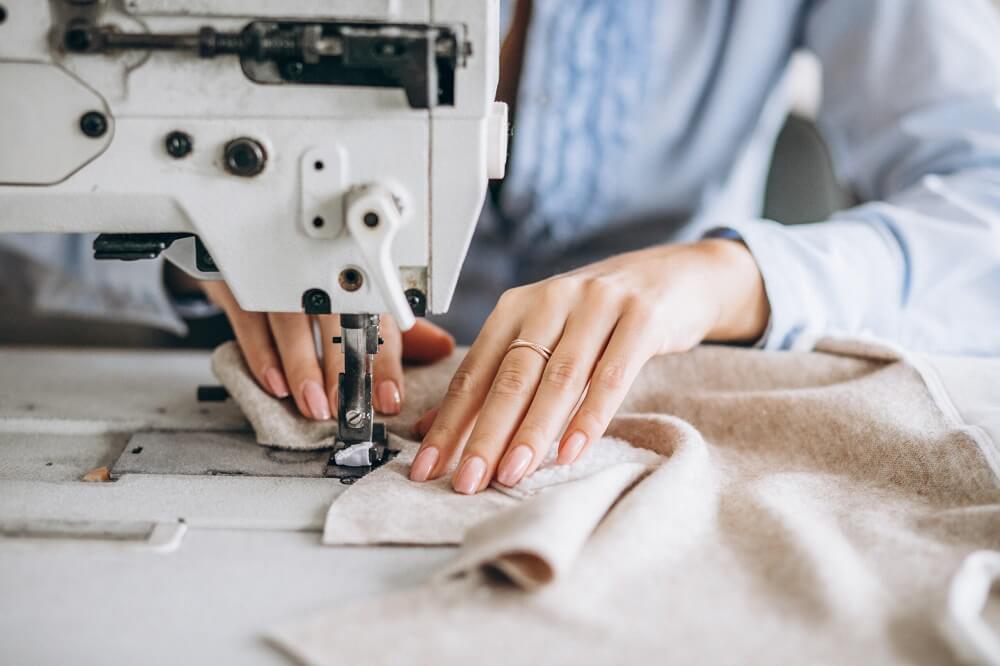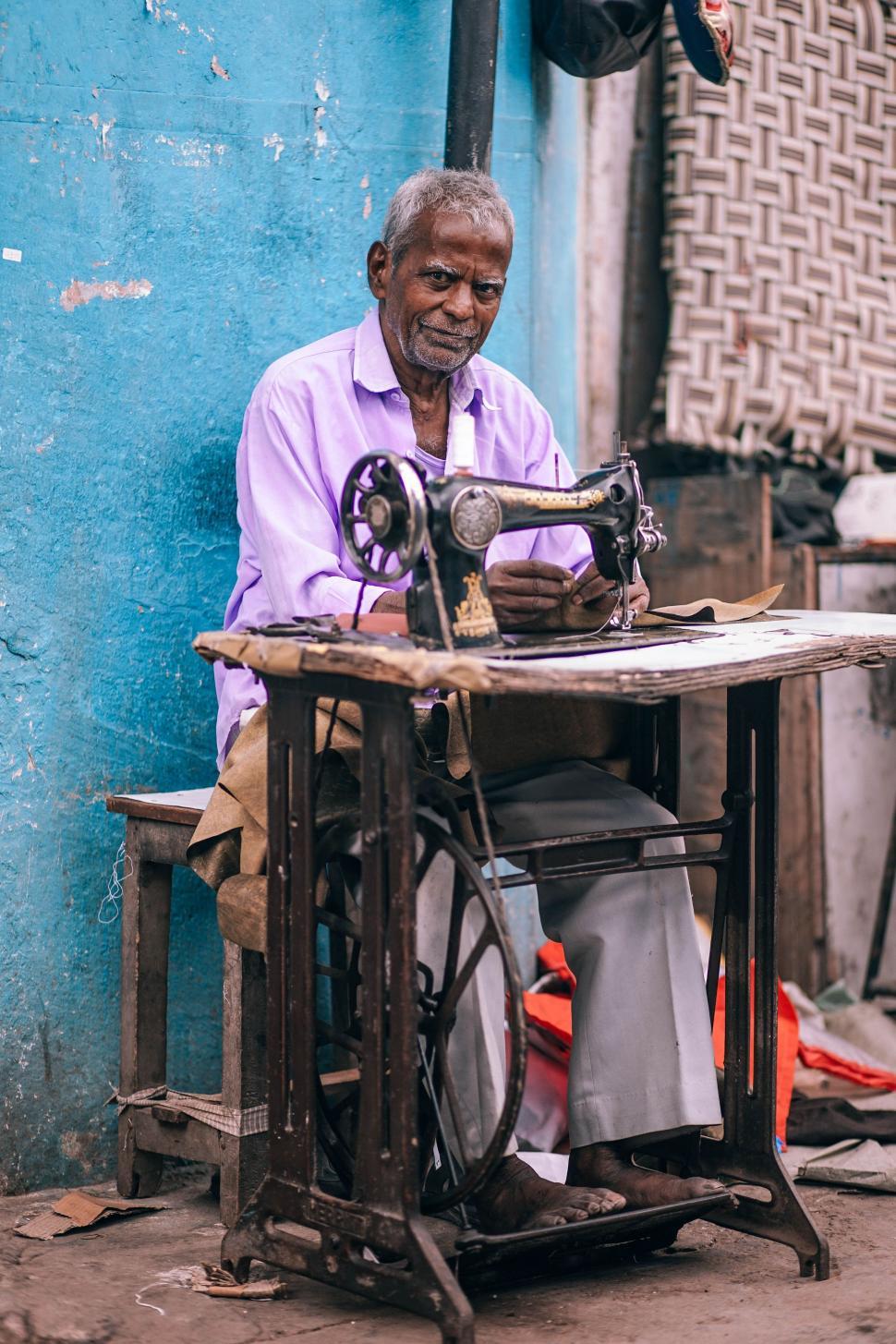Tailor Perth Insights: Discover the Art of Fine Tailoring in Perth
Tailor Perth Insights: Discover the Art of Fine Tailoring in Perth
Blog Article
Recognizing the Tailoring Refine: From Textile Choice to Final Fitting for the Perfect Wardrobe
The tailoring procedure is an intricate interaction of art and science, starting with the crucial decision of fabric selection and culminating in the precise adjustments of last installations. Each fabric type brings unique qualities that affect not just the aesthetic allure but likewise the garment's durability and suitability for different events. Comprehending the nuances of customizing methods can raise one's closet to unprecedented degrees of class. As we check out these elements further, one have to take into consideration how also the tiniest details can significantly impact the general outcome of one's individual style.
Value of Fabric Option
Selecting the appropriate fabric is vital in the customizing process, as it straight affects the comfort, longevity, and overall aesthetic of the last garment (tailor perth). The choice of material establishes the foundation for the garment's functionality, performance, and design. Different materials have one-of-a-kind properties, such as breathability, stretch, and weight, which can considerably impact exactly how the garment drapes and fits the body
Additionally, material selection influences the garment's long life and simplicity of treatment. Top notch textiles can withstand wear and tear, keeping their look and framework in time, while lower-quality materials might result in pilling or fading. Additionally, the appropriate material adds to the garment's capability to transition across periods and events, thus enhancing versatility.
A tailored piece made from an appropriate fabric not just showcases craftsmanship but likewise raises the wearer's self-confidence. Subsequently, comprehending the nuances of textile choice is vital for any customizing venture. It makes certain that the end product not only meets the aesthetic wishes of the client but likewise aligns with practical requirements, thereby attaining a harmonious equilibrium between kind and function in the tailored closet.
Types of Fabrics and Their Uses
Recognizing the different kinds of textiles available is important for making informed choices during the tailoring process. Each textile possesses special qualities that dictate its suitability for details garments and occasions.
Its flexibility enables it to be customized right into everything from tee shirts to outfits. Its natural elasticity helps garments keep shape over time.
Silk shows luxury and is lightweight, making it ideal for eveningwear and fragile shirts; however, it needs careful handling due to its fragility. Bed linen, with its textured surface, is a prominent option for warm climates, supplying a crisp and ventilated feeling, however it wrinkles conveniently, which may affect the garment's appearance.
Synthetic fabrics, such as polyester and nylon, offer resilience and resistance to wrinkles, making them suitable for day-to-day wear and energetic apparel. Comprehending these fabric kinds and their residential or commercial properties permits far better decision-making, making certain that each tailored piece not just fits well yet also aligns with the desired objective and event.
The Tailoring Methods Explained
The art of tailoring depends on a range of methods that transform material right into well-fitted garments. Central to this procedure is pattern preparing, where a dressmaker creates design templates based upon the customer's dimensions and preferred style. This preliminary step guarantees that the garment will certainly fit the wearer appropriately prior to any type of reducing occurs.
As soon as patterns are developed, cutting strategies come into play. Precision is vital as mistakes can cause misfitting garments. Tailors often use different cutting approaches, such as single-layer cutting for elaborate layouts and multiple-layer reducing for effectiveness on common patterns.
Basting is another essential method, enabling tailors to momentarily stitch material items together for an initial installation. This technique uses the chance to evaluate the drape and general shape prior to last stitching.
Seaming techniques, consisting of french joints and flat-felled seams, improve the garment's toughness and aesthetic charm. Tailors likewise utilize strategies such as interfacing and cushioning to offer structure and shape to certain locations, like collars and shoulders.
Last but not least, completing techniques, consisting of hemming and side finishing, make sure the garment's long life while supplying a sleek appearance. Together, these strategies create the backbone of effective customizing, leading to splendid, tailor-made garments.
Fitting Changes and Considerations

Trick considerations include the shoulder fit, which needs to neither sag nor restrict motion, and the sleeve size, which need to permit comfortable arm motion while preserving a polished appearance. Furthermore, changes at the midsection can refine the shape, with alternatives to let out or absorb material top article as needed.
The surge of trousers is one more essential element; it ought to rest easily over the hips without triggering pain, permitting for ease of activity. Hemming lengths for both trousers and skirts must reflect the user's preferred design while appreciating proportions.

Keeping Your Tailored Clothes
Correct upkeep of customized garments is important to preserving their fit and look gradually. To guarantee durability, routine cleansing is extremely important. Constantly follow the care label instructions, which may recommend completely dry cleansing for delicate materials or maker washing for more sturdy products. Stay clear of constant laundering, as this can put on down the material and change the garment's form.
Storage is just as important; usage cushioned hangers for coats and jackets to maintain shoulder framework, and shop trousers folded up nicely or hung to avoid creasing. Safeguard garments from direct sunlight, which can discolor colors and damages fibers.
Furthermore, regular evaluations for small repair work can protect against larger issues. Inspect for loose switches, tearing seams, or indicators of moth damage, addressing these problems without delay to preserve the garment's integrity.
Last but not least, think about seasonal turning. Using tailored items in moderation permits textiles to recover, extending their lifespan. By implementing these upkeep techniques, you can guarantee that your customized garments stay as pristine as the day you first used them, improving your ideal why not try here closet for years to find.
Conclusion
The customizing procedure, including textile choice, experienced strategies, and precise suitable changes, plays an important function in producing garments that boost both comfort and style. Each phase adds to the overall performance of the final item, ensuring that clothes not just fits well yet also shows specific identification. Furthermore, comprehending the relevance of maintenance extends the life of customized garments, strengthening their value in a well-curated wardrobe. A detailed strategy to customizing finishes in a refined and certain appearance.
Choosing the appropriate textile is critical in the customizing procedure, as it straight affects the comfort, toughness, and general aesthetic of the final garment. The choice of textile sets the foundation for the garment's design, efficiency, and performance. Various materials possess unique residential properties, such as stretch, weight, and breathability, which can significantly influence exactly how the garment drapes and fits the body.
The art of tailoring counts on a range of techniques that change fabric into well-fitted garments.The customizing process, incorporating fabric selection, experienced methods, and accurate suitable adjustments, plays a critical function in creating garments that improve both comfort and style.
Report this page